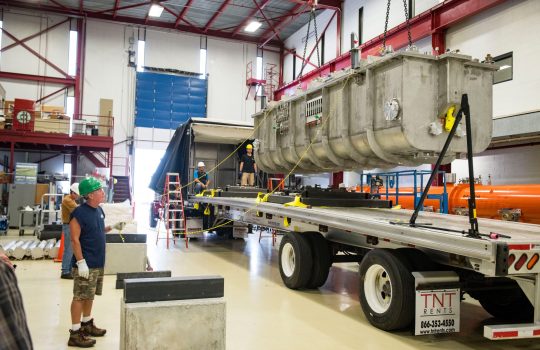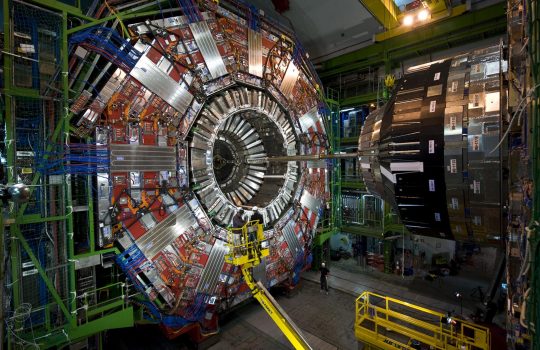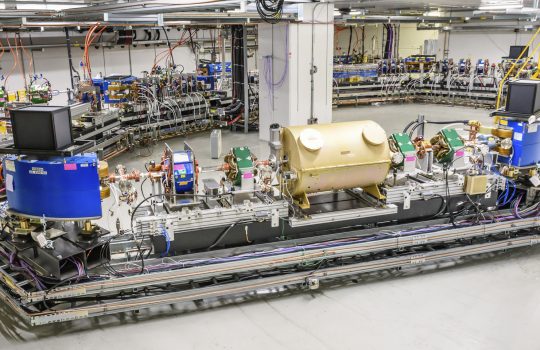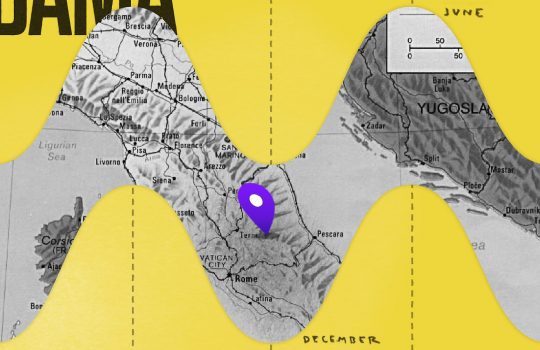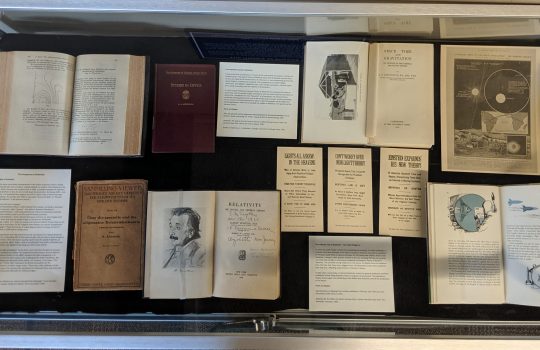Boosting computing power for the future of particle physics
From MIT News, Aug. 19, 2019: A new prototype machine-learning technology co-developed by Fermilab and MIT scientists speeds Large Hadron Collider data processing by up to 175 times over traditional methods.

